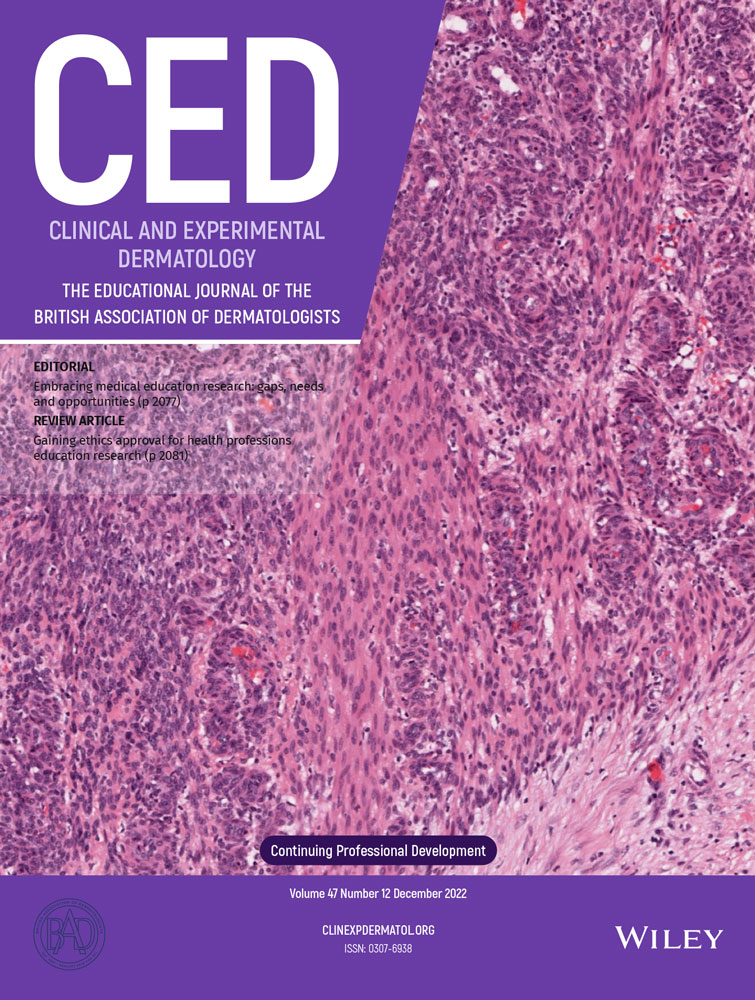Tumour necrosis factor alpha promoter polymorphism at position −308 is not associated with actinic prurigo
Abstract
Actinic prurigo (AP) has been found to be strongly associated with HLA DR4 and in particular with the DR4 subtype DRB1*0407. However, AP may occur in the absence of HLA-DR4. Furthermore, it has been shown that HLA-DR4 and DRB1*0407, even in association with polymorphic light eruption (PLE), are insufficient for the expression of the AP phenotype. It seems likely, therefore, that other genes in the HLA DR or adjacent regions may contribute to AP susceptibility. One possible predisposing factor in AP may be tumour necrosis factor (TNF)α as suggested by the good response of AP to the TNFα inhibitor thalidomide, and by the involvement of this cytokine in many immune responses. The aim of this study was to explore the relationship between AP and TNFα by examining the frequency of TNF2 in patients with AP, PLE and in normal controls. TNF1 and TNF2 are biallelic polymorphisms at position −308 of the TNFα gene promoter and are known to affect transcription of TNFα. TNF2 is the rarer of the two alleles and is associated with high functional levels of TNFα. This study confirms the positive linkage disequilibrium that has been described between HLA DR3 and TNF2, but fails to show an association between TNF2 and AP.




